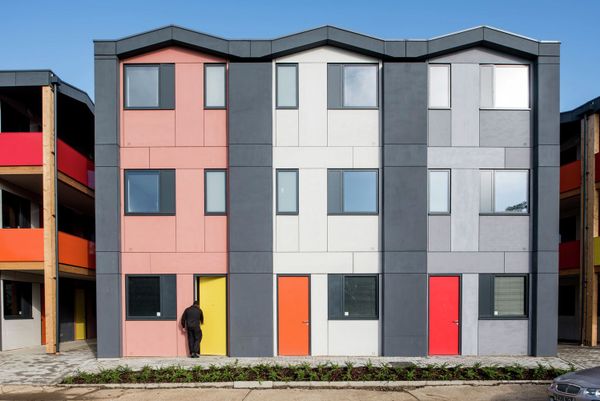Cornerstone Asset Advisors founder Emile Salame heads a leading London-based real estate advisory group. This article will look at the stamp duty land tax increases that recently came into effect, exploring the impact for buyers and the real estate market as a whole.
In early 2025, homebuyers and sellers across England and Northern Ireland were scrambling to ensure property transactions were completed quickly to avoid falling foul of new stamp duty rules due to come into force in April 2025. Solicitors and estate agents were particularly busy as buyers mobilised to avoid potentially hefty bill increases.
Experts suggested that the spike in demand would put pressure on estate agents, mortgage lenders and solicitors alike. Under the new changes, homebuyers will pay stamp duty land tax on any property over £125,000, half the previous threshold of £250,000. With the average UK sale price standing at £266,000, according to figures from Nationwide, the average buyer will now pay £2,500 more on their property purchase.
According to the new rules, first-time buyers will have to pay stamp duty on homes with a sale price in excess of £300,000, rather than the £425,000 threshold in force previously. And, while the threshold for the higher stamp duty land tax previously stood at £625,000, the new rules saw it lowered to £500,000.
Data from Nationwide suggests that, as of 2025, the average London home price is £524,000. As first-time buyers will be liable to pay the same tax rate as everyone else if the sale price exceeds £500,000, they will pay a hefty £11,250 extra. Following Labour’s autumn budget, Rightmove reported a marked increase in demand from first-time buyers as they rushed to buy their properties to avoid this substantial additional outlay.
The stamp duty land tax rule changes mark the end of special measures implemented by Liz Truss in her 2022 mini-budget. For buyers, the imperative was to ensure their sales were completed before the new rules came into force in April 2025. To achieve this, they needed to ensure their finances were in check, obtaining a mortgage in principle to show sellers they were ready to move quickly in such a competitive market. In addition, searches and surveys needed to be prepared swiftly to identify any potential issues.
From the seller’s perspective, pricing the sale competitively is crucial, as the tactic of overpricing then reducing later is likely to be detrimental in the current climate. Not only do properties that undergo price reductions take longer to sell, but sellers who adopt this strategy are statistically less likely to find a buyer.
For sellers, enlisting the help of the right estate agent is also incredibly important. A knowledgeable local estate agent can be relied upon to put a realistic price on a property, drawing on their extensive knowledge and experience of the market and collected data. They will also liaise with solicitors, ensuring the smooth flow of information to help avoid delays and stress, ensuring the transaction proceeds as seamlessly as possible.
As Emile Salame points out, now that the general elections and the budget are out of the way, there is a relative macro stability which should be good for business. However, interest rates remain high, and stamp duty continues to increase for second homes and non-resident buyers. In addition to the stamp duty rate changes, second homeowners have also been affected by legislative changes that allow councils to effectively double council tax rates for second homes. The move has culminated in a higher level of sales by second homeowners, leading to a four-fold increase in the availability of properties on the market, according to data from Zoopla, stimulating the market even more, at least in the short term.






